AP Statistics: Unit 7 Vocabulary
Unlock all answers in this set
Unlock answersquestion
When we use information from a sample to draw conclusions about a much larger population.

answer
Statistical Inference
question
Many different samples that yielded different values of means. The distribution of values taken by the statistic in all possible samples of the same size from the same population.

answer
Sampling Distribution
question
A fixed number that describes a population. It always exists, but we rarely know the value because it is difficult to create a census.

answer
Parameter
question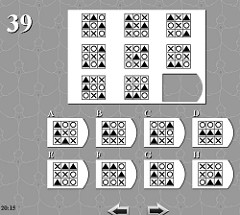
If we wanted to compare IQ's of all Americans and Asians, it would be IMPOSSIBLE, however the parameters still exist.

answer
Parameter Example
question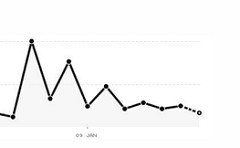
A number that describes a sample and can change from sample to sample. We often use these to estimate an unknown parameter.

answer
Statistic
question
For an accurate result that maintains independence, the population needs to be at least 10 times as big as the sample that came from it.

answer
How large does a population need to be compared to the sample?
question
The mean of a population (parameter)

answer
μ
question
The proportion of a population (parameter)

answer
p (definition)
question
The mean of a sample (Statistic)

answer
x̅
question
The proportion of a sample (Statistic)

answer
p̂ (definition)
question
Whenever we get a different mean from a sample; The value of a statistic varies in repeated sampling.

answer
Sampling Variability
question![Calculator Notation: Y[-10,45].5 Calculator Notation: Y[-10,45].5](https://studyhippo.com/wp-content/uploads/2017/12/calculator-notation-y-1045-5.jpg)
Y minimum at -10, Y maximum at 45, counting by intervals of 5.
![Calculator Notation: Y[-10,45].5 Calculator Notation: Y[-10,45].5](https://studyhippo.com/wp-content/uploads/2017/12/calculator-notation-y-1045-5.jpg)
answer
Calculator Notation: Y[-10,45].5
question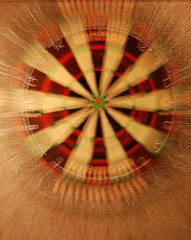
A parameter is unbiased IF the mean (center) of the sampling distribution is equal to the true value of the population parameter being estimated. Using this doesn't guarantee your statistics will be close to the actual value.

answer
Unbiased Estimator
question
The larger the sample, the shorter the spread. Focus on larger samples, not more.

answer
Low Variability = Shorter Spread
question
In most cases, the sampling distribution can be approximated by a normal curve. This depends on the sample size and the population proportion. (n and p)

answer
Shape
question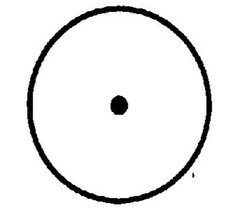
Mean p̂ = P or the mean of a sample is the mean of a population. This happens because P-hat is an unbiased estimator of P.

answer
Center
question
The standard deviation of p̂ gets smaller as n gets larger. This depends on both n and p.

answer
Spread
question
the size of success in a sample over the size of the sample. X/n OR it reduces down to just p.

answer
p̂ =
question
Mean of p̂ is p.

answer
Mean
question
The square root of: ((P times 1-P)/n)) as long as N is greater than or equal to 10n. (the population is 10 times larger than the sample). This is on the formula sheet provided.

answer
Standard Deviation of p̂
question
Satisfied by making sure that np is greater than or equal to 10 and n(1-p) is greater than or equal to 10.

answer
Large Counts Condition or 10% Condition
question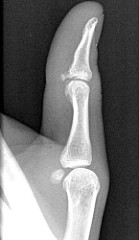
Only use Normal distribution for p̂ if both conditions are true (N greater than or equal to 10n and np greater than or equal to 10)

answer
Rule of Thumb
question
No. College board does not round the standard deviation in the multiple choice section of the test. To account for this, store the standard deviation in the x value.

answer
Does College Board round?
question
Anything is below a 5% margin, which is most likely an error and NOT just chance.

answer
You should suspect a sample when...
question
Standard deviation over the square root of the sample, given that N is greater than or equal to 10n.
answer
Standard Deviation of a mean...
question
Mean is less variable and more normal. It's an unbiased estimator.
answer
Properties of the mean of a distribution...
question
Says that when n is large (greater than 30) the sampling distribution of the sample mean is approximately normal.
answer
Central Limit Theorem (CLT)



